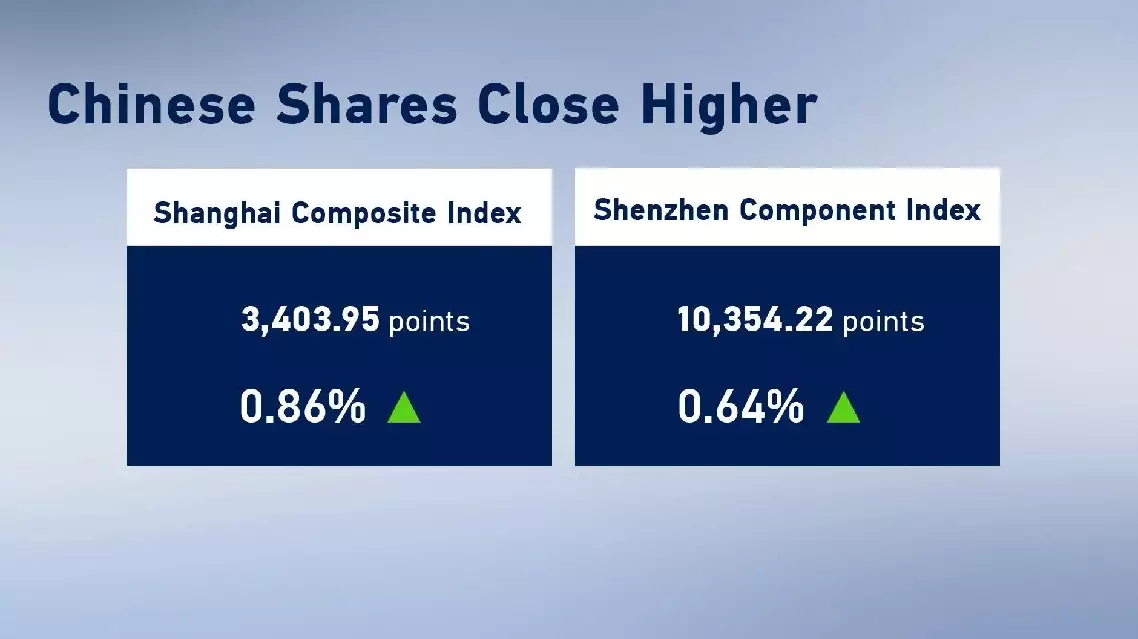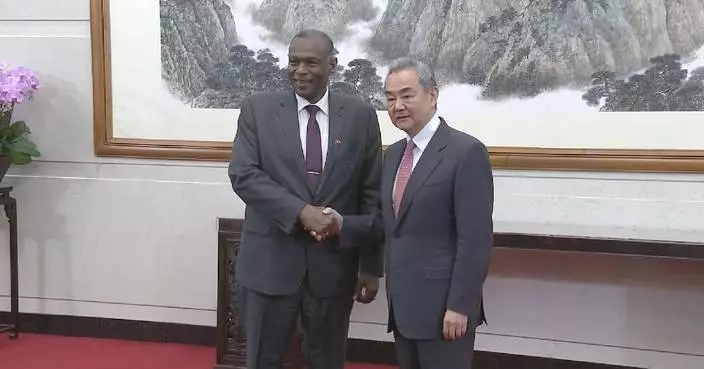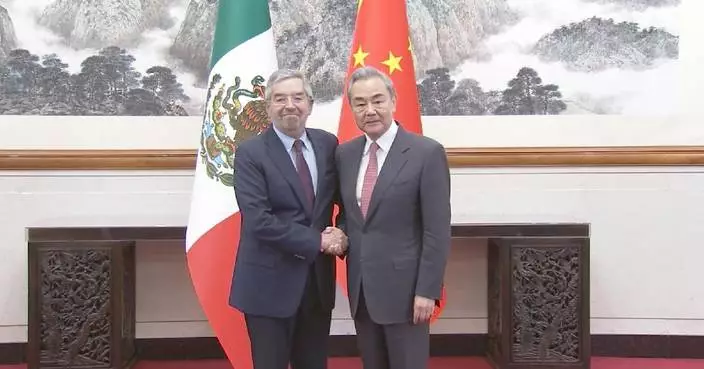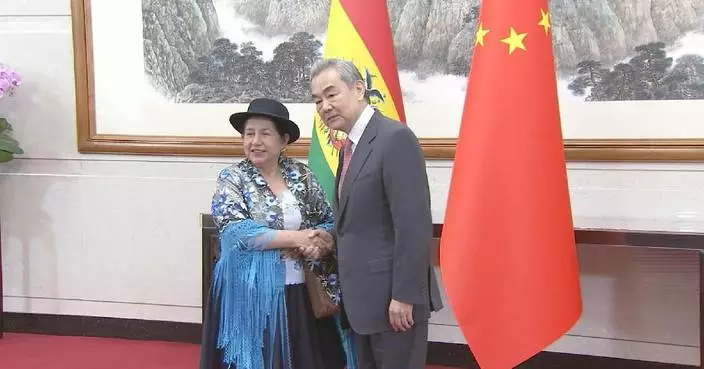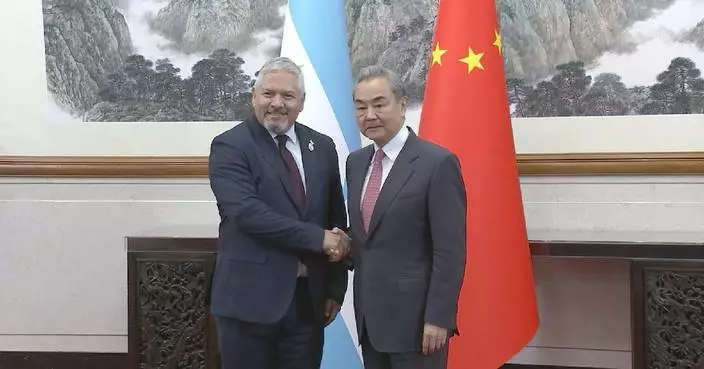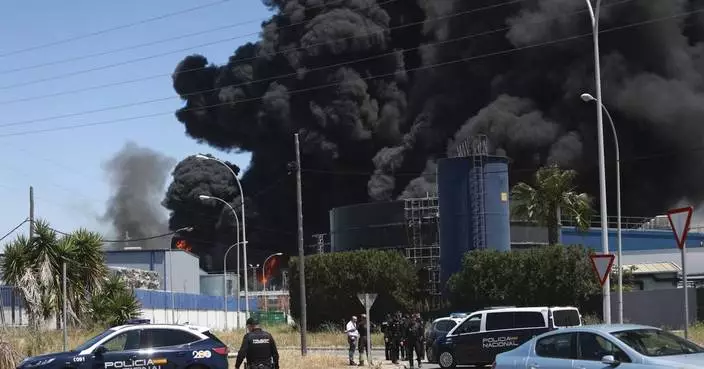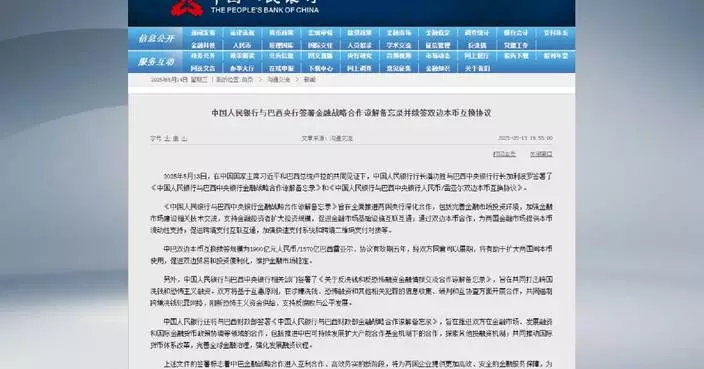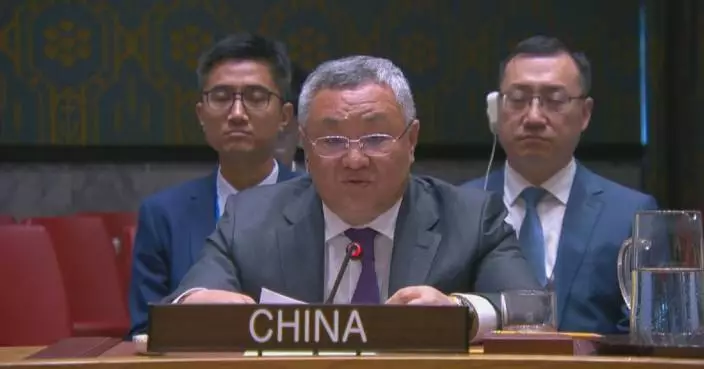Hundreds of thousands of tide viewers have been thrilled by the magnificent Qiantang River tidal bore in east China's Zhejiang Province, as the unique natural phenomenon ushers in its best viewing day on Friday.
A tidal bore is a phenomenon where the leading edge of an incoming tide creates a wave that surges up a river against the flow. It is caused by the tide-generating force, which is the result of the combination of the gravitational attraction between the Earth, the moon and the sun.
The centrifugal force produced by the rotation of the Earth and the trumpet shape of the Hangzhou Bay in Zhejiang makes it easy for the tide to come in, but difficult to ebb, thus giving rise to the largest tidal bore, which is called the "Silver Dragon" by locals.
The best time to witness the Qiantang River tides is during the eighth month of the traditional Chinese calendar, with the most dramatic display typically occurring on the 18th day of the month, which falls on Friday this year.
The bore traveled 55 kilometers from the mouth of the Qiantang River to Daquekou in Haining City, one of the best observation points along the river. The waves surged as high as 1.7 meters on Friday afternoon due to the impact of Typhoon Pulasan, which made a second landfall in Shanghai on Thursday evening after its first landfall earlier the same day in Zhejiang.
The strong tidal current on Qiantang River is expected to further rise to 1.8 meters. Local authorities have deployed personnel to patrol along the riverbank round the clock to ensure the safety of the viewing crowd.
Meanwhile, more than 29,000 visitors have flocked to Haining's Yanguan Tourist Resort after the famous viewing point was reopened to public after being temporarily closed due to typhoon.
Affected by the storm tide brought by Pulasan and the previous typhoon Bebinca, the speed of the rushing torrents arriving this spot reached more than 10 meters per second. Further along the river, the Meinyu Dam in Xiaoshan City is another popular viewing site where different types of tidal bore can be observed, including one-line tides, back-flow tides, and "sky-high" tides.
The roaring bore hit the 350-meter-long L-shaped dam and then split into two parts, with some tides hurdling through the six-meter-high structure, while the other part of the blocked tides returned and splashed against the seawall, creating great waves up to 15 meters high, which is dubbed "sky-high" tides.
The tide that crossed over the dam rushed toward a U-shaped structure two kilometers upstream at six to eight meters per second. Slamming into the structure, the torrents created another round of undertows.

Spectacular tidal bore on Qiantang River wows viewers



